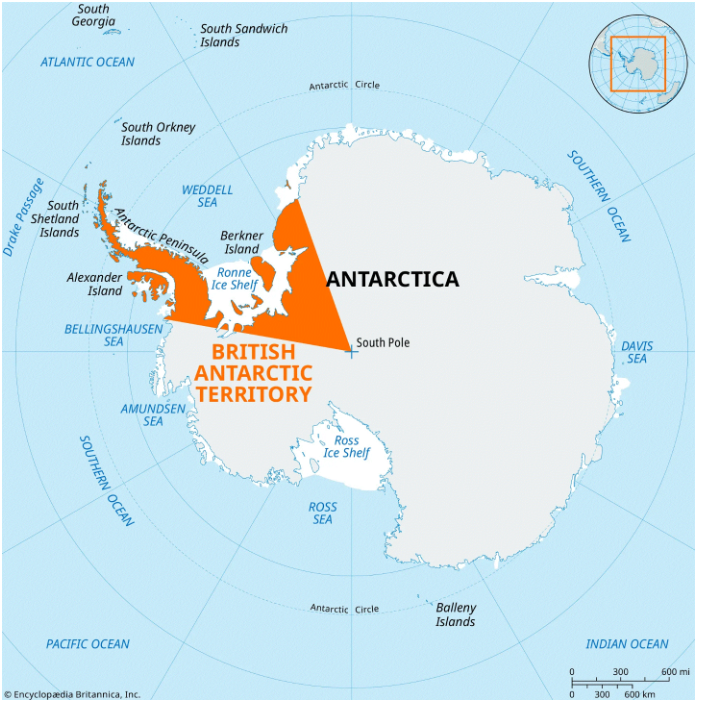
Interpreting a nice undrilled 4-way closure in a seismic survey and subsequently announcing it as the discovery of new reserves would rock the boat in all oil companies, but it is what happened twice this year when reading through some news headlines.
The first instance was about Russia allegedly finding oil in the Antarctic region, and the second time, it was Pakistan. In both cases, many popular media outlets seemed to recycle the same message, only giving more momentum behind what is essentially fake news.
“Russia has discovered huge oil reserves in British territory in Antarctica, according to evidence submitted to the UK House of Commons Environment Audit Committee”, wrote Newsweek in May this year. They even provide an exact number: 511 billion barrels of oil. The discovery was reportedly made in the Weddell Sea, which falls under the UK’s claim in Antarctic territory, even though both Chile and Argentina also claim the same area.
The discovery was even discussed in the UK parliament around that time.
Further in the article, mention is made of Russia acquiring seismic data in the area, which the Russians claim is for scientific research only. Whatever is the real driver behind this, it is obvious to any geoscientist that it is a little too early to call a discovery, let alone to put a number on its size.
What is more interesting is the question of why Russia is exploring the area. Don’t they have enough oil themselves already? I have to think about a conversation with a Russian I had a couple of years ago. He did tell me that many Russian assets are maturing quickly. This could ultimately be the driver for the country to start looking elsewhere.
A government’s wish
Where big media outlets such as Forbes made headlines about the Russian discovery, the second time a major discovery was announced this year took place in September when Offshore Technology reported that a “Major oil and gas reserve (was) found in Pakistan.”
In turn, based on a local publication, Offshore Technology reported that “the hydrocarbon find is said to be so large that it could potentially alter the nation’s economic trajectory.”
Even though an exact number was not reported this time, and the wording seems a bit more carefully chosen, it again becomes clear that it is a seismic survey that formed the basis for the news. In this case, it seems that the wish from the Pakistani authority to arrest the declining production from domestic sources is the most likely explanation for this news to be released.
Maybe it would be good to send some people a copy of SPE’s PRMS.

